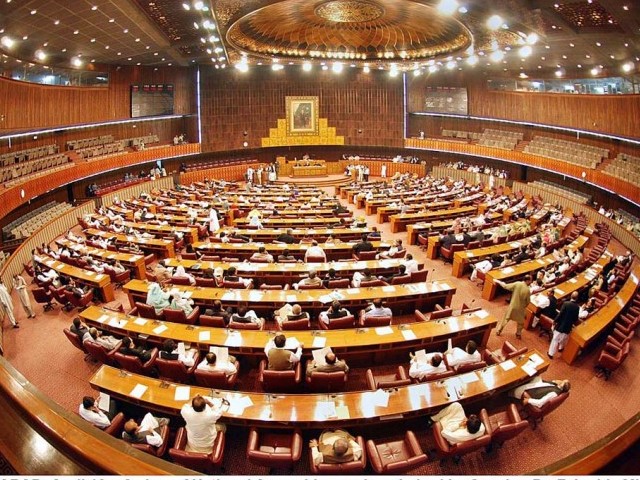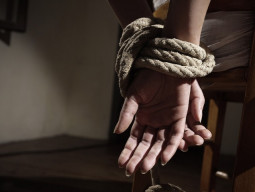
ISLAMABAD: Having around 20% representation in parliament, female lawmakers initiated nearly half of the agenda in the upper and lower legislative houses in the past one year.
Women have a combined strength of 89 members in both houses of parliament. There are 70 female lawmakers in the National Assembly, making up for only 20.46% representation in the assembly of 342.
Despite calls for gender parity, glass ceiling remains intact for women
In the Senate, there are 19 female legislators coming to 18.26% of the total representation in the upper house of 104 members. But these 89 women have proved their political capabilities and competence are superior to their male counterparts and their interest in parliamentary business is undisputedly unmatchable.
From executive oversight through questions and calling-attention notices, to motions on issues of public importance and private member legislation, these female parliamentarians have contributed actively in the legislative business throughout the current term.
A comparative analysis of the orders of the day of the National Assembly between June 1, 2015 to February 26, 2016, and the Senate between March 12, 2015 and March 11, 2016, reveals that women contributed to more than 44% of the agenda in both houses – almost three times the proportion of their representation.

This agenda included questions, motions under rules 259 and 218, calling attention notices, resolutions, legislative bills, amendment to rules and matters under Rule 87. The women also spoke actively on points of order and contributed to parliamentary debates on a wide array of issues of public importance.
According to the study by the Free and Fair Election Network (FAFEN), women in the National Assembly sponsored or contributed to almost 60% of the agenda during the reporting period.
They submitted 1,159 of a total of 1,617 starred questions and 519 of 1,043 un-starred questions, demonstrating their interest in parliament’s core function of overseeing the executive.
Similarly, 28 motions of a total of 50 introduced in the lower house were moved by women. This was in addition to six motions which were moved jointly by male and female members.
The contribution of women in the submission of calling attention notices in the lower house also remained impressive. Of a total of 96 notices, 24 were raised by women. They also raised 52 calling attention notices jointly with their male colleagues.
The female lawmakers are ahead of their male counterparts in the introduction of resolutions as well. Of the 71 resolutions moved by the government and private members, 31 were tabled by women, who co-sponsored seven others with their fellow men.
Sorry picture for female labour-force participation
The performance of women in the Senate is also noteworthy. The female senators submitted 232 of the 1,313 ‘starred’ questions and 25 of 46 ‘un-starred’ questions. They moved 10 of the 93 motions under Rule 218 introduced in the upper house. The women sponsored 24 out of the 109 call-attention notices that appeared on the agenda of the Senate. They also raised five call-attention notices jointly with their male colleagues.
Published in The Express Tribune, March 15th, 2016.












































COMMENTS (1)
Comments are moderated and generally will be posted if they are on-topic and not abusive.
For more information, please see our Comments FAQ